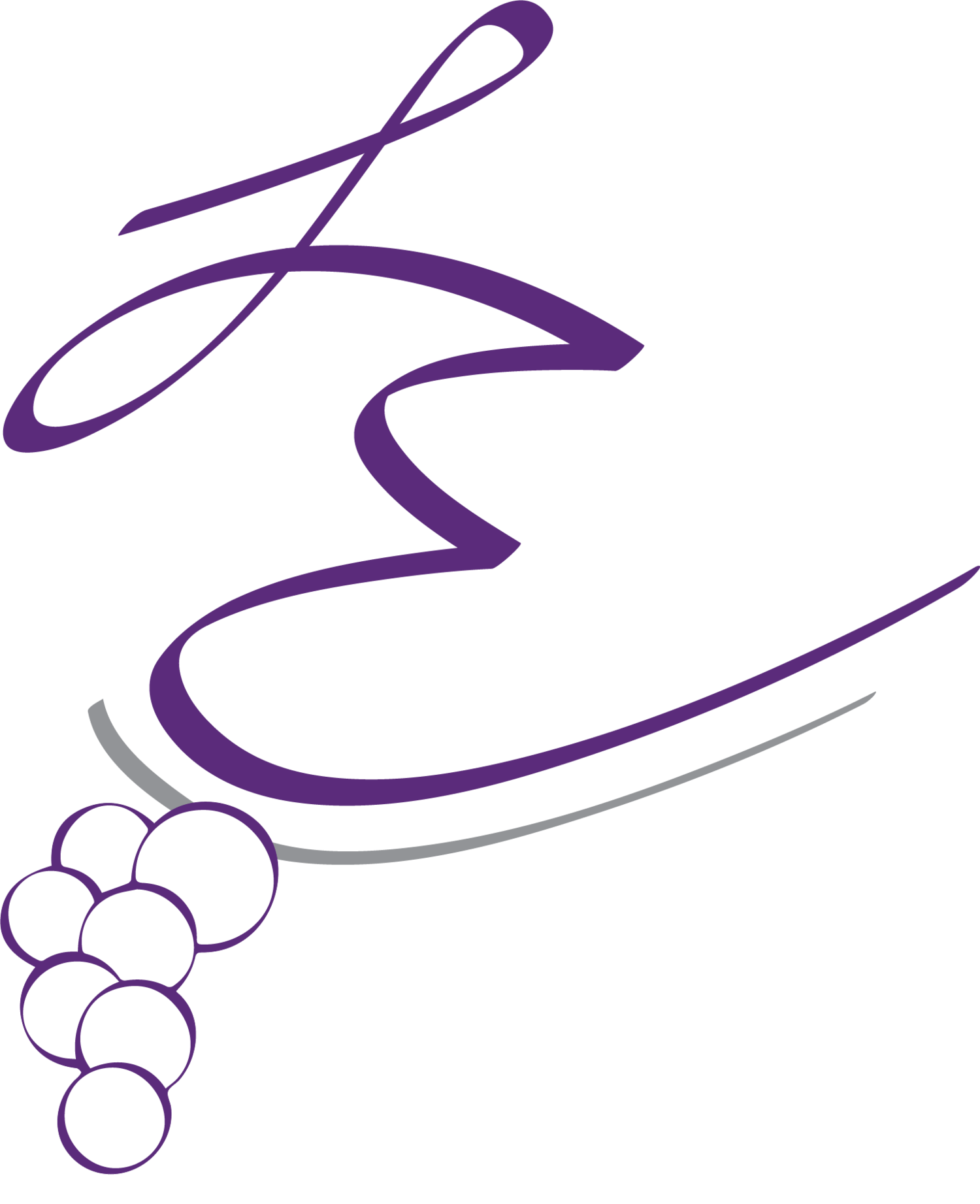A few months ago, the organizers of the 2024 Spotted Lanternfly (SLF) Summit reached out to us to invite us to present our industry’s needs, concerns, and upcoming challenges that we will face when the Spotted Lanternfly reaches our region. This 8th Annual SLF Summit was an event that provides research and regulatory information to those interested in learning more about spotted lanternfly. It was an opportunity to be in front of funding agencies, researchers, and decision makers to introduce them to what a highly mechanized industry will encounter when this agricultural pest invades our vineyard blocks.
Past research has provided us with invaluable tools on the life cycle, movement, and management in hand-harvested regions, but there is a gap in research in mechanized areas because it simply in not there yet in numbers needed to study. As a region, we want to be prepared and proactive when it comes to managing Spotted Lanternfly in our highly mechanized operations. It was our mission to inform the decision makers of first, maps of the region and infested areas surrounding it, and the potential of interstate and rail that transects our blocks threatening to deposit hitchhiking SLF. Second, we presented numbers on how big our long-established industry is, the efforts we have made to prepare our stakeholders for SLF infestations, the current SLF monitoring efforts, and the potential economic impact to our industry once SLF is here.
Thirdly, we provided video and demonstrated to the audience of over 250 attendees in person and virtual, what a mechanized operation in our area looks like to bring awareness of the potential struggles that we will face especially during bulk harvest when there are no opportunities to physically remove any unwanted SLFs from the harvested fruit. This video also demonstrated the vastness of our vineyard blocks, and we discussed the concerns of marginal profits.
LERGP then provided a long list of grower concerns gleaned from many of our interactions with all of you to the decision makers. The list we presented is below, but additional discussion during the panel section revealed some that were not listed:
How many SLF will reject a bulk harvested load
SLF Threshold before vine decline
Quarantine loads unable to move cross county/state lines
How many post harvest sprays are required
How many additional sprays can our juice industry absorb economically
Mechanical harvesting issues with SLF infestations
Toxicity/taint of SLF in product
Mating disruptors or Pheromone traps?
Impact of derelict vineyards and unmanaged woodlots
Impact of rail traffic through infested areas
Protections (i.e. insurance?) against economic losses like vine death or rejected loads
Potential for disease spread through vectoring
We wanted to not only give the concerns of our growers, but to include the processor stakeholders and how it may affect the end users of the fruits of our labor and grower-owners. Our industry works very closely together to ensure that we remain viable and have always been supportive of our efforts. I put out a call to action for support that was generously answered. This Summit required presenters from our region to drive over five hours and there was a cost to attend. Our industry recognized the importance of getting our needs in front of the funding agencies and decision
makers to bring research to our region and joined us in Harrisburg, PA. We gave a powerful panel discussion that included a representative from the juice industry, the wine industry, and the nursery industry in our region to convey concerns of management strategies, potential delays in operations, and the potential economic impact nationally and globally should those disruptions occur due to SLF.
This was our chance to showcase the rich heritage of our region and importance of needed research to fill the gaps and support highly mechanized areas for sustainability in the wake of Spotted Lanternfly infestations. We presented to esteemed researchers who are experts in SLF, members of many State Agricultural Departments, and to Matt Travis, the United States Department of Agriculture Animal and Plant Health Inspection Service’s, National Policy Manager. Matt is the national Spotted Lanternfly policy maker. He was very engaged in our discussion and thankful to have this brought to our nation’s attention. Matt expressed his concern that the National Agriculture Statistics Service (NASS) only includes data on grapes from the west coast and that there was important data of eastern viticulture that was missing. He personally thanked me for putting numbers to our region so that the nation can have a better understanding of the impact that SLF may have on all grape growing areas. I took the opportunity to give him my contact information and an invitation to reach out for more information or contacts. I also informed him that the New York State Wine and Grape Industry has taken it upon themselves to create their own survey to obtain this important information. This meeting also solidified personal contacts with decision makers from New York State Department of Agriculture and future collaborations. During our presentation and panel discussion, there were many notes taken by attendees and great comments and questions fielded. This was a very important meeting for the future of our Integrated Pest Management, not only on a regional level, but also nationally how this invasive will affect other mechanized regions that will soon be threatened by SLF as well. We were officially thanked in front of the attendees for bringing industry concerns and interactions to the Spotted Lanternfly Summit, a piece that has been missing from the inception of these summits. I am very proud of the exposure, recognition, and support that we received after our presentation and panel discussion, and I am hopeful for future outcomes.


